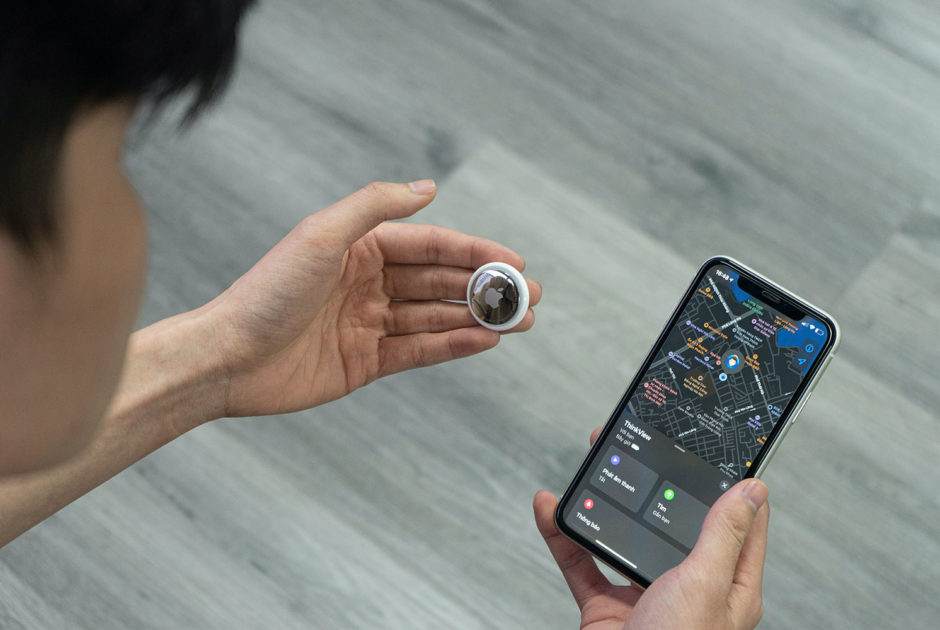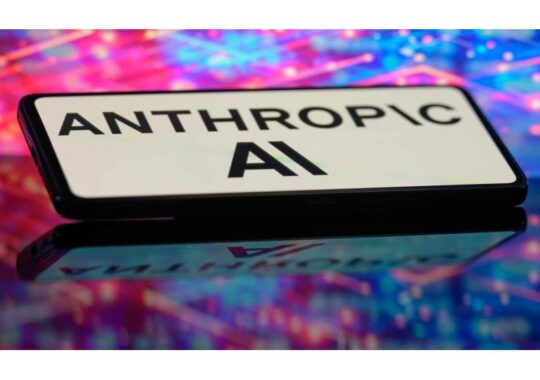Since 2019, flagship smartphone specs have been gradually incorporating Ultra Wideband (UWB) technology. This was first seen in the Apple iPhone 11 and will be seen in some Samsung models in 2020. Highly accurate spatial and directional data capture is made possible by this sophisticated protocol, which uses high-frequency radio waves to function. UWB has the potential to completely transform short-range wireless communication, as evidenced by the entry of industry heavyweights like Apple and Samsung into the smartphone space.
The Definition of Ultra Wideband (UWB)
The short-range wireless communication protocol known as UWB is very different from more established systems like WiFi and Bluetooth. It works by releasing radio waves at extremely high frequencies, which makes it easier to record accurate directional and spatial data. This technology can precisely lock onto and communicate with other UWB-enabled devices, much like a continuously scanning radar. The Galaxy SmartTag and Apple’s HomePod Mini are two examples of its early uses, utilizing UWB for improved device tracking and smooth music playback, respectively.
Principal Advantages and Functional Disparities
UWB offers far higher tracking and positioning accuracy than current technologies like WiFi and Bluetooth, which makes it superior. The device tracking can be done in real time with centimeter-level precision thanks to the use of shorter pulses and wider channel bandwidths. With its unique radio spectrum function, UWB can coexist peacefully with other wireless technologies, unlike WiFi and Bluetooth, which use crowded bands to operate. Also, by using cryptography and random number generation to improve data packet security, UWB’s physical layer (PHY) includes advanced security extensions not found in other protocols.
Perspectives and Uses for the Future
The stage is set for UWB to be widely adopted across the smartphone industry with Apple and Samsung both implementing it into their devices. Beyond today’s use cases, UWB promises innovations like precise indoor navigation and keyless car entry. The anticipated release of Apple’s AirTags and Samsung’s Galaxy SmartTag demonstrate the growing interest in using UWB to provide tracking solutions that are more precise. relationship with the digital world may be redefined more devices adopt UWB and incorporate it into commonplace applications like digital keys and mixed-reality experiences.
Advancements in wireless communication capabilities are marked by the ongoing development and incorporation of Ultra Wideband technology into consumer devices. With UWB, a multitude of applications, from immersive augmented reality experiences to personal item tracking, can be improved by enabling precise location tracking and data transmission. The advancement of wireless communication technology is entering a new phase as its use grows and its potential for innovation and convenience in daily life appears limitless.



